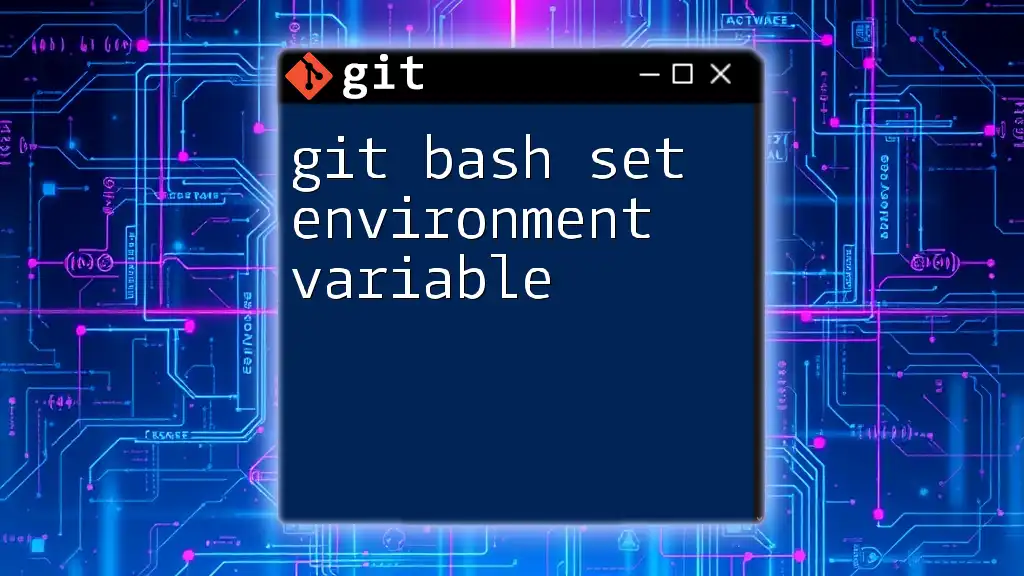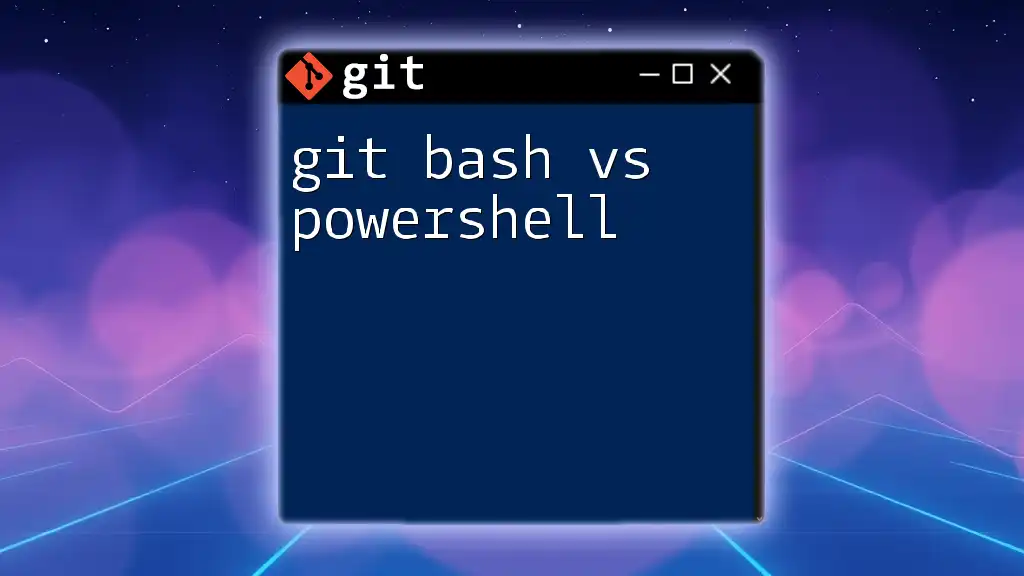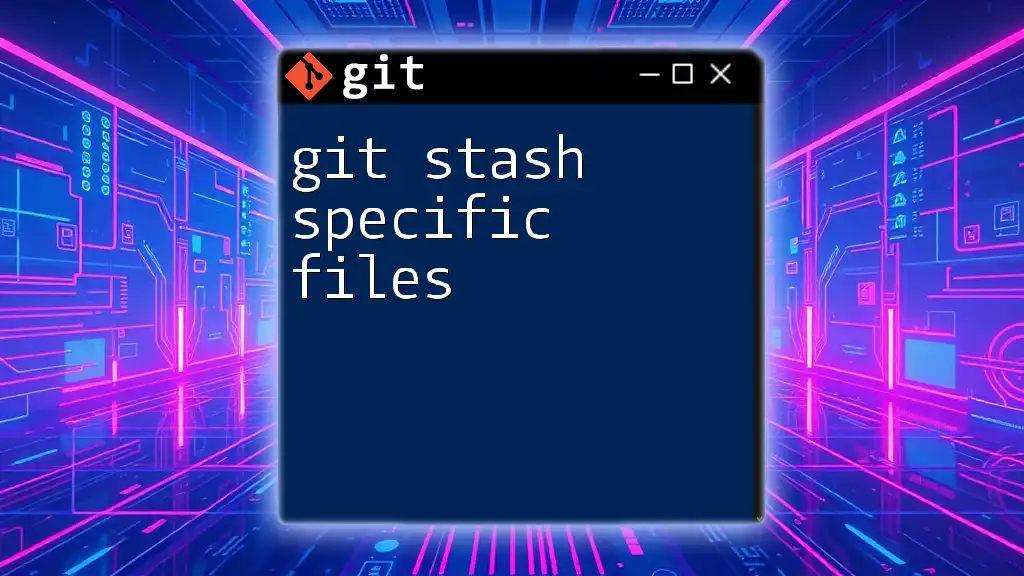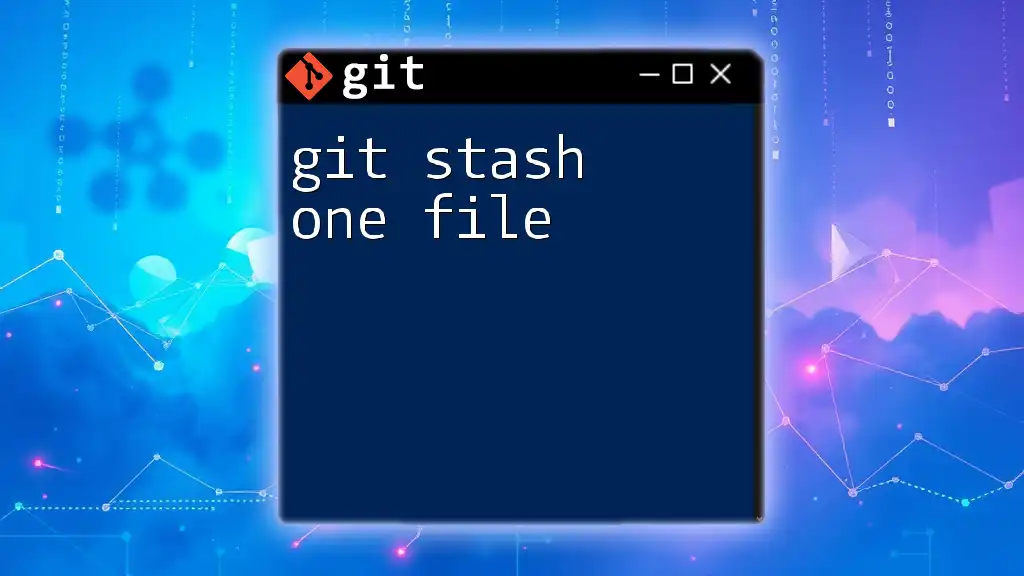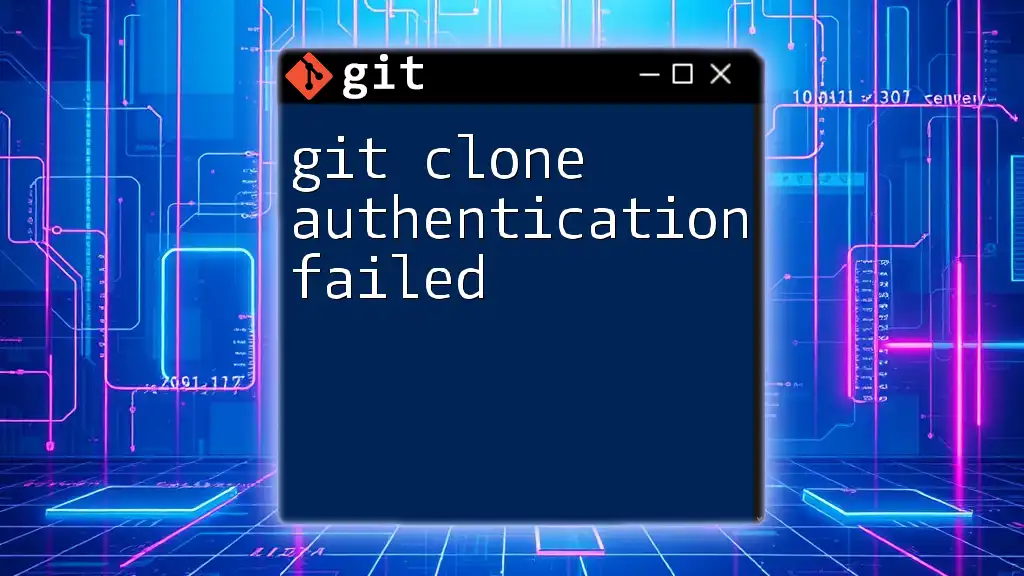To set an environment variable in Git Bash, use the `export` command followed by the variable name and value.
export MY_VARIABLE="my_value"
What is an Environment Variable?
An environment variable is a dynamic value that can affect the way running processes on an operating system will behave. These variables are part of the environment in which a process runs and can hold configuration settings, paths, and user-specific information. For instance, when working with Git and other tools, environment variables help streamline your workflow by allowing custom settings that suit your personal or project-specific needs.
Common examples of environment variables in Git include:
- `GIT_AUTHOR_NAME`: Sets the name associated with your Git commits.
- `GIT_AUTHOR_EMAIL`: Sets the email associated with your Git commits.
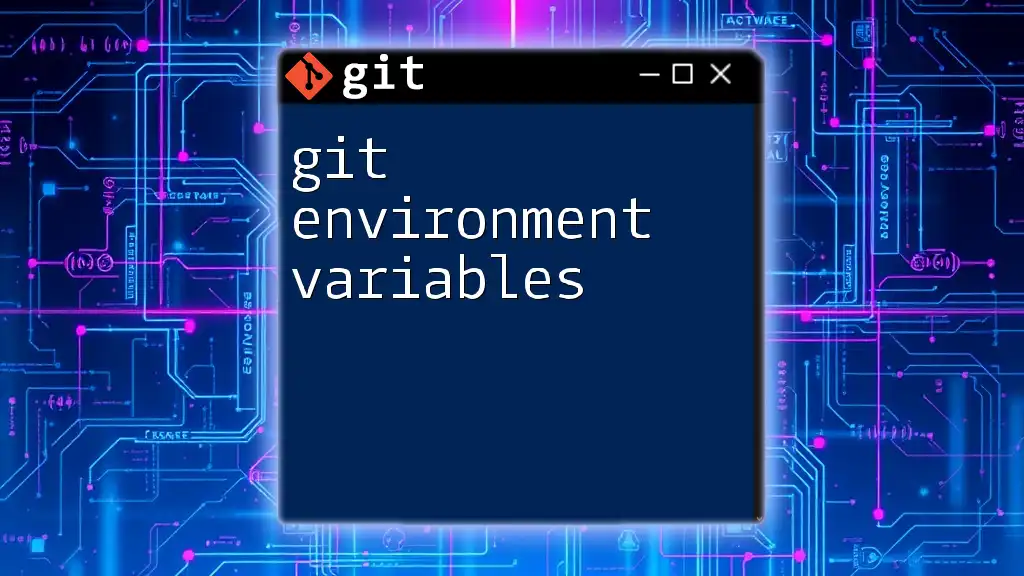
Why Set Environment Variables in Git Bash?
Setting environment variables in Git Bash is essential for several reasons:
-
Enhancing workflow: With the right variables in place, you can automate repetitive tasks and streamline your commands, making your development process more efficient.
-
Simplifying command usage: Instead of typing long commands repeatedly, you can use variables to shorten command inputs, making it easier to execute Git tasks.
-
Customizing environments for different projects: Different projects may require different settings. Environment variables allow you to quickly switch between configurations without modifying your main Git settings.

How to Set Environment Variables in Git Bash
Temporary Environment Variables
Temporary environment variables exist only for the duration of your Git Bash session. Once you close the terminal, they will be gone. You can set a temporary environment variable by using the `export` command. Here’s how to do it:
Syntax:
export VARIABLE_NAME=value
For example, if you want to set a temporary variable named `MY_VAR` to "Hello World", you would enter:
export MY_VAR="Hello World"
To verify if your temporary variable has been set, you can use:
echo $MY_VAR
This command will output "Hello World", confirming that the variable is in place.
Permanent Environment Variables
If you want an environment variable to persist even after you close Git Bash, you need to set it as a permanent variable. This is commonly done by adding it to either the `.bashrc` or `.bash_profile` file in your home directory.
Steps to add permanent environment variables:
-
Navigate to your home directory:
cd ~ -
Open the `.bashrc` or `.bash_profile` file with your preferred text editor, like `nano` or `vim`:
nano .bashrc -
Add your environment variable to the end of the file. For example, to create a permanent variable named `MY_PERM_VAR`, you would insert:
export MY_PERM_VAR="Permanent Value" -
Save the file and exit the editor.
-
To apply the changes to your current session, use:
source ~/.bashrc
Now, you can verify that `MY_PERM_VAR` is set by using:
echo $MY_PERM_VAR
Checking Existing Environment Variables
To see all the environment variables currently set in your Git Bash session, you can use the `printenv` command. This will list all environment variables along with their values:
printenv
If you want to locate a specific variable, you can filter the output using `grep`. For example, to find `MY_VAR`, use:
printenv | grep MY_VAR
Unsetting Environment Variables
At times, you may need to remove an environment variable that is no longer relevant. You can do this using the `unset` command.
Syntax:
unset VARIABLE_NAME
For instance, if you wish to unset `MY_VAR`, you would run:
unset MY_VAR
After that, you can verify that `MY_VAR` has been removed by typing:
echo $MY_VAR
This should return an empty line, indicating that the variable is no longer set.
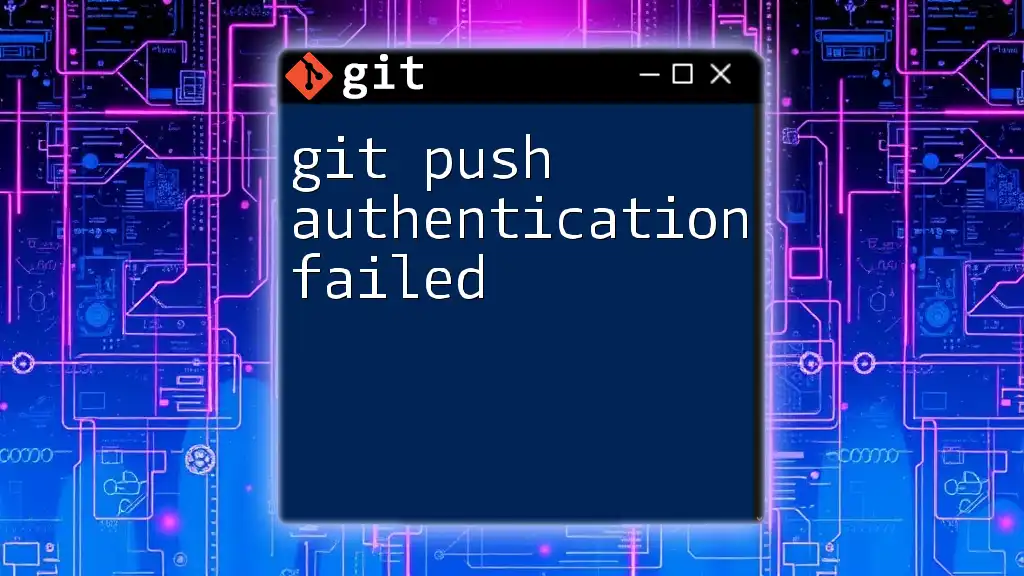
Best Practices for Using Environment Variables
Naming Conventions
When setting environment variables, it's crucial to follow a consistent naming convention. Typically, it's recommended to use upper-case letters with underscores to separate words (e.g., `MY_ENV_VAR`). This not only improves readability but also avoids potential conflicts with lowercase variables or system defaults.
Security Considerations
Be cautious about the information you store in environment variables, especially when it comes to sensitive data such as API keys or passwords. Avoid exposing such data in environment variables that could be accessed by other users or processes. A good practice is to use local configuration files for sensitive information instead.
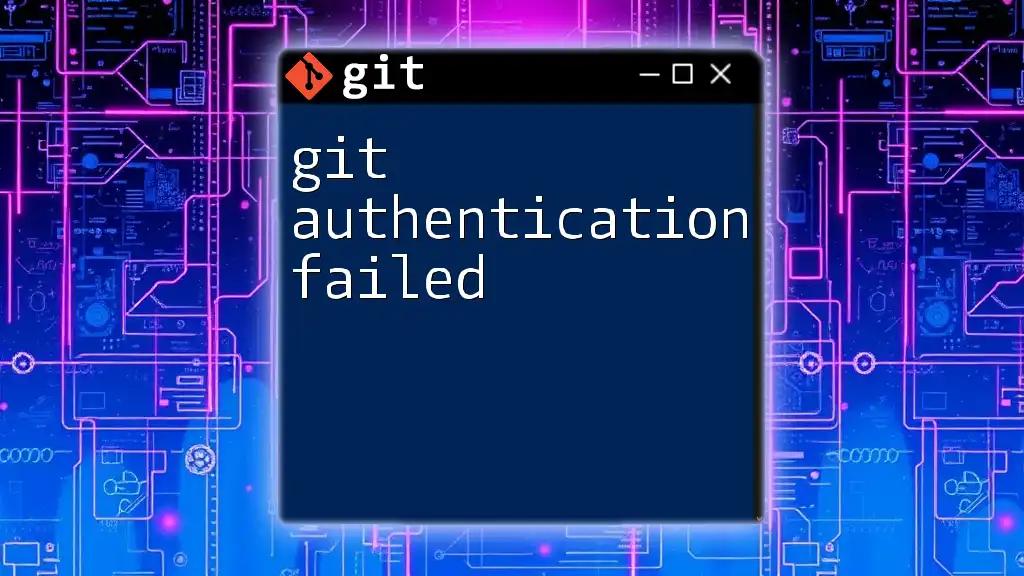
Real-World Use Cases
Configuring Git with Environment Variables
Setting Git-specific environment variables can drastically improve workflow efficiency. For example, if you want Git to recognize your name and email for commits, you can set them as environment variables:
export GIT_AUTHOR_NAME="Your Name"
export GIT_AUTHOR_EMAIL="your_email@example.com"
This way, you won't have to specify these values with every commit, as Git will automatically use the configured variables.
Custom Aliases
You can also make use of environment variables to create personalized aliases in Git. For instance, if you want a quick way to check the status of your Git directories, you could set up an alias:
alias gs='git status'
Once set, just typing `gs` will give you the status of your current Git repo, streamlining your command inputs.
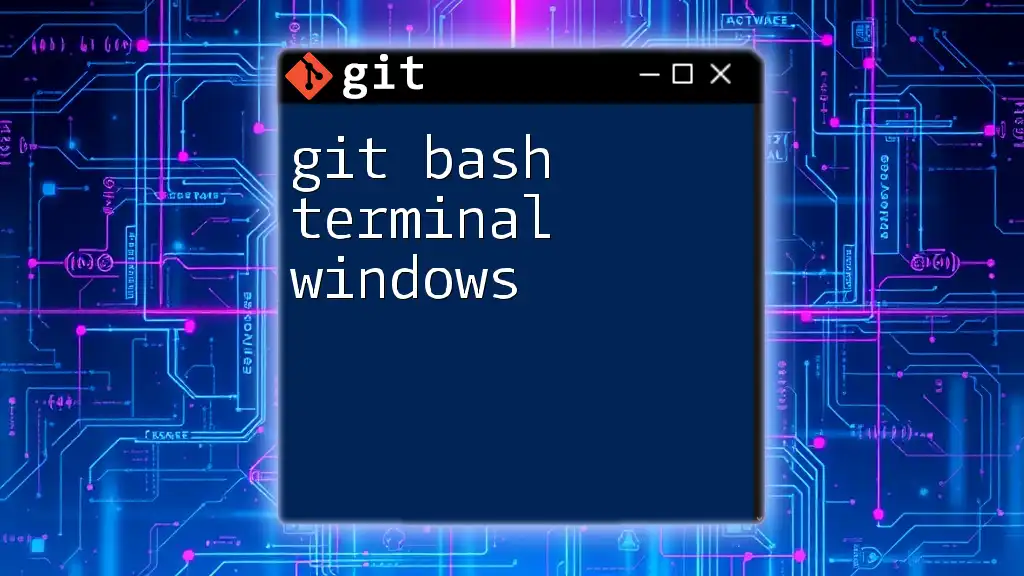
Troubleshooting Common Issues
Environment Variables Not Being Recognized
If you find that your environment variables are not being recognized, it may be due to several reasons, such as:
- The command was not entered correctly (check for typos).
- The variables were not exported properly.
- Ensure you have sourced your `.bashrc` or `.bash_profile` after making changes.
Conflicting Environment Variables
Conflicts can arise when two environment variables are assigned the same name but different values. To resolve these conflicts, you may want to inspect your `.bashrc` or `.bash_profile` for duplicate entries or look through your current environment variables using `printenv`.

Conclusion
Setting environment variables in Git Bash is crucial for enhancing your development workflow and customizing your environment according to your project needs. By understanding how to set, check, and unset these variables, you can optimize your use of Git effectively and keep your development process smooth and efficient. Experimenting with environment variables can open up new ways to automate tasks and customize your Git experience. Happy coding!
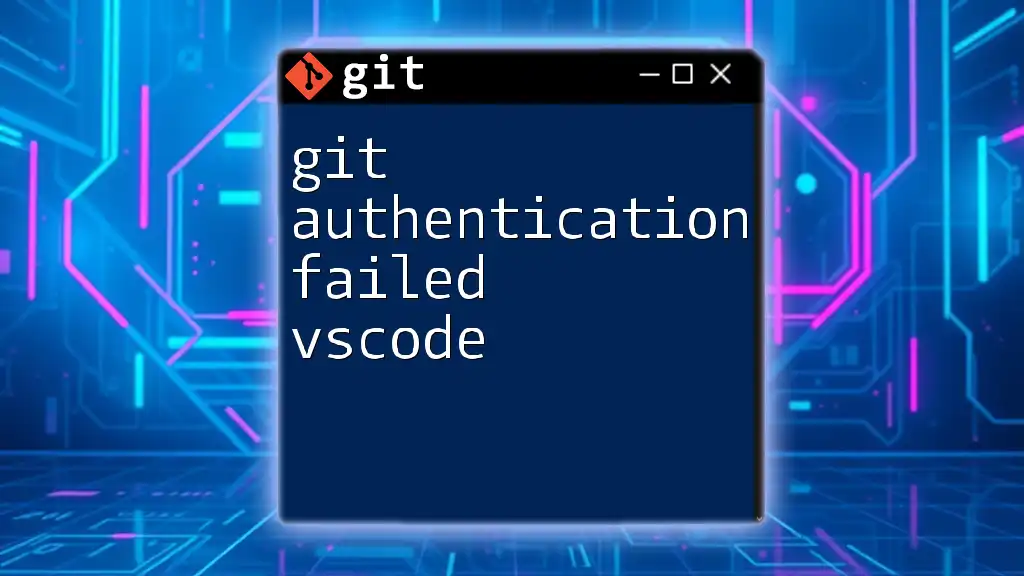
Additional Resources
For further exploration, consider checking out official documentation for both Bash and Git, along with recommended tutorials and courses to deepen your understanding of environment variables and their impact on your projects.
Call to Action
Have you implemented environment variables in your Git workflow? Share your experiences and any tips you may have in the comments below! Your feedback is invaluable for enhancing this guide and helping others in their Git journey.

